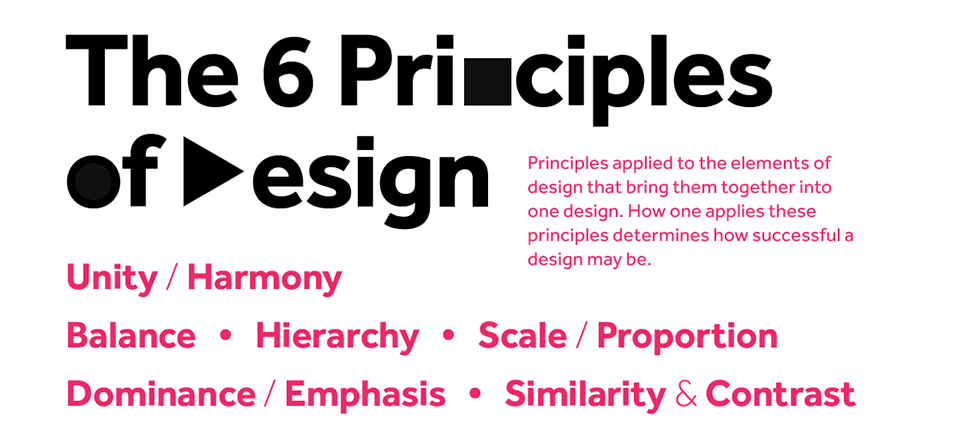6 Graphic Design Principles You Need To Master Today
by Admin
Posted on 13-07-2023 01:27 PM

This graphic design principles guide will lead you in the right direction by taking it back to basics. If you have recently left school or have self-taught yourself, it’s well worth brushing up on your design knowledge to ensure you can master the tools and techniques that will make your work shine. Source: ( findstack )
we recommend reviewing the graphics design fundamental principles of visual design and elements that make good design.

http://digitalmarketingvn.s3-website.us-east-2.amazonaws.com/Digital-marketing-/Breaking-Down-the-Principles-of-Design-with-Infographic.html
Introduction: graphic design is a multifaceted field that requires a deep understanding of fundamental design principles to create visually appealing and impactful designs. Whether you are a professional graphic designer or someone who dabbles in design as a hobby, mastering the essential principles of graphic design is crucial. In this comprehensive guide, we will explore 10 essential principles that can elevate your design skills and help you create visually captivating and effective designs. Balance: balance is a fundamental principle of graphic design that involves arranging visual elements in a way that creates a sense of equilibrium. There are three types of balance: symmetrical, asymmetrical, and radial.
As a graphic design major, you will develop skills in traditional hand work such as drawing and painting, as well as an understanding of artistic concepts like color balance and composition. In addition, the technological advances of today have created the need for a degree of proficiency in various design and photo manipulation software packages. By the end of the graphic design program, graphic design majors will become experts in programs like adobe illustrator, photoshop, and indesign. These practical skills will be especially helpful when it comes time to find a job after graduation! graphic design degrees, whether a bachelor’s or master’s, will also focus on the most effective way to get messages across to the intended audience.
Graphic design refers to the use of visual elements like shapes, colour, and images to create a desired effect or convey a certain message. And while it may seem like a relatively simple concept, graphic design is actually quite complex. There are countless different design principles that expert graphic designers need to master in order to be successful. But for business owners who are just dipping their toes into the world of graphic design, understanding and applying even a few key principles can make a big impact.
Here’s a roadmap you can follow to achieve your dream of becoming a graphic designer: understand the fundamentals of graphic design getting to understand the fundamentals of graphic design will help set you on the right track in your career. Some of these principles include; space, balance, hierarchy, line, shape, colour etc. Spend about a week or two to focus on just the fundamentals. Get conversant with the tools there is a range of tools within the graphic design space but the popular ones are photoshop, illustrator, corel draw, indesign, figma, adobe xd and sketch. Also, you need to get a hold of tools like photoshop, adobe illustrator (or coreldraw) and figma (adobe xd or sketch).
Graphic Design Principles: A Useful Definition
In every field, there are some principles and practices.
 The more skilled and experienced you are at graphic designing, the more you will be familiar with the rules. Now, for starting your career as a graphics designer , you should follow these rules. Still, as you gain experience and skills, you can ignore some of the basic ones because, at that time, you will know what makes your design suitable and what does not. We all need some principles and rules when we are starting something, but the more adept you get at that particular thing, the more confident you become in it.
The more skilled and experienced you are at graphic designing, the more you will be familiar with the rules. Now, for starting your career as a graphics designer , you should follow these rules. Still, as you gain experience and skills, you can ignore some of the basic ones because, at that time, you will know what makes your design suitable and what does not. We all need some principles and rules when we are starting something, but the more adept you get at that particular thing, the more confident you become in it.